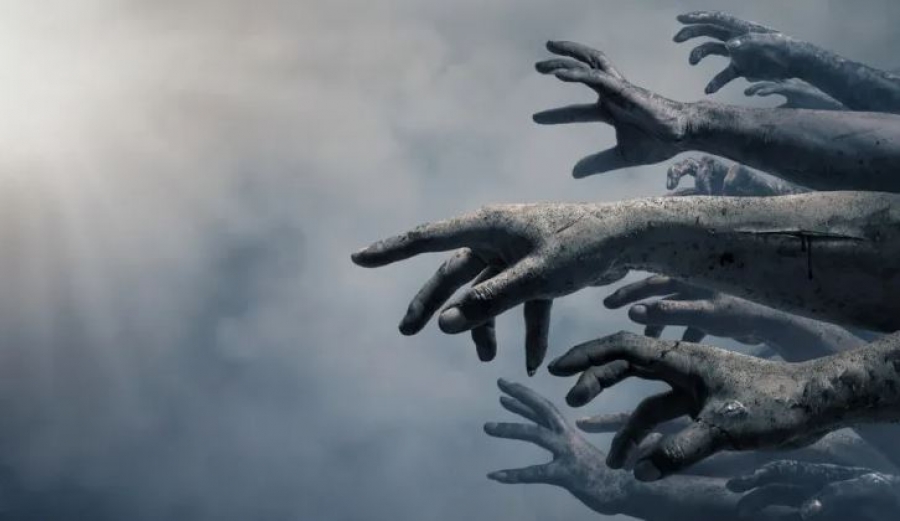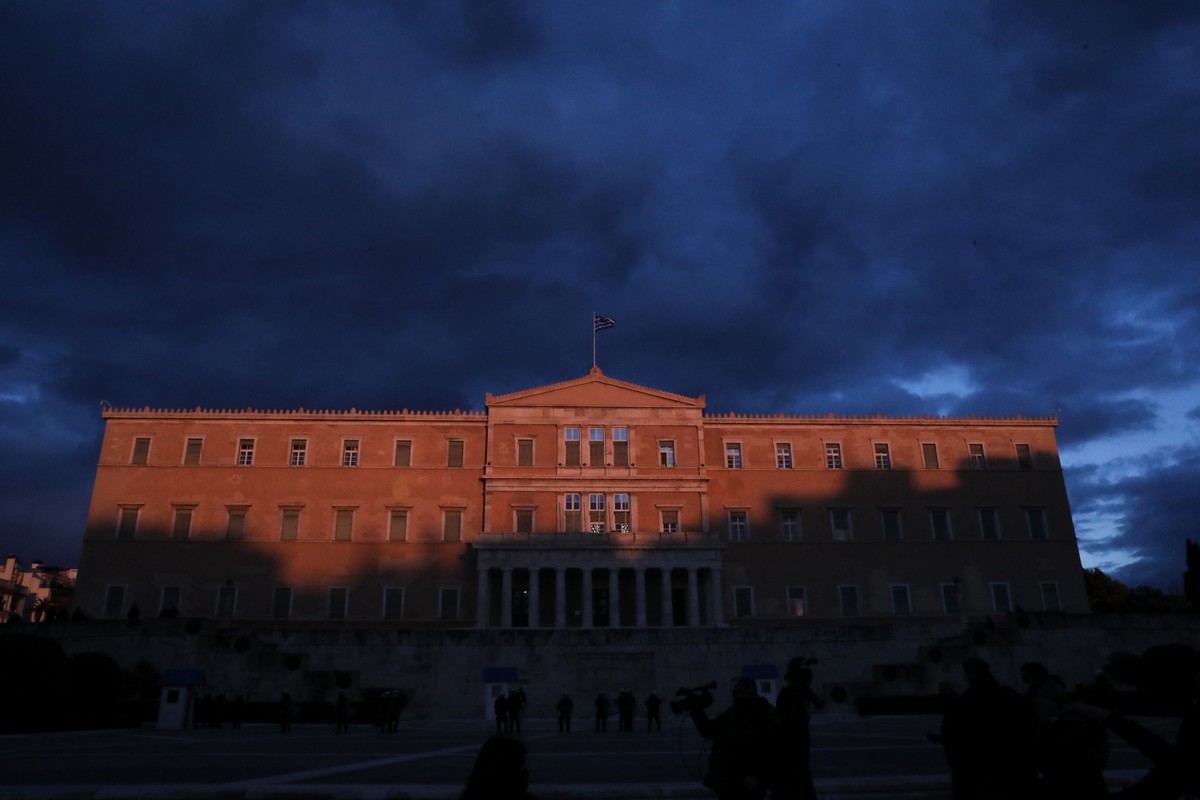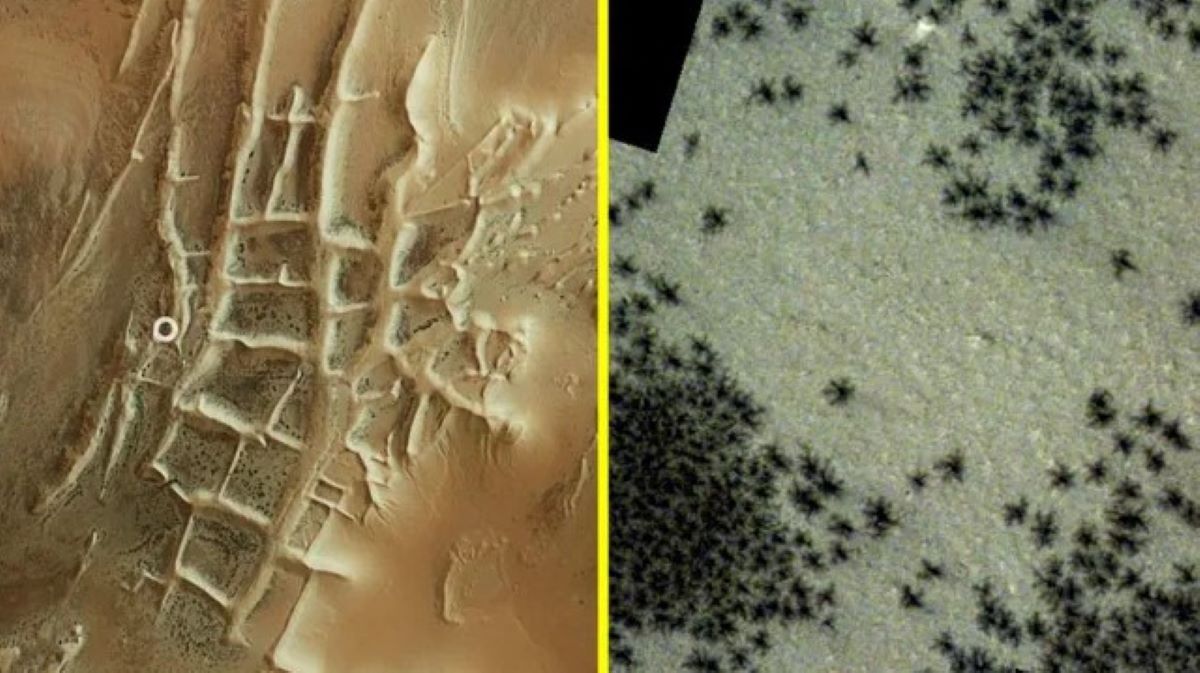
Another 186 banks are following the path of Silicon Valley bank…
Fortunately, after the collapse signature bank And Silicon Valley BankThere were no new failures of financial institutions – until recently, of course.
In any case, the global banking system is not entirely in order, despite the assurances of competent officials.
according to Forbescoincide two The main causes for concern:
– A March 13 study by four prominent American economists revealed this 186 banks Exposed to the risk of “disappearance” of insured deposits of at least $300 billion.
– Subject The New York Times On March 19, the Federal Reserve disclosed that the Silicon Valley Bank (SVB) had warned in 2021 about the risks involved in its strategy — more than a year ago — but that its management had done nothing.
Moreover, Moody’s informed SVB management about the possibility of an impending downgrade about a month before it announced the extraordinary capital increase.
At the same time, its shares First Republic Bank It is negotiated a lot lower levels Where they were after it received $30 billion from other banks on March 16th.
It seems, then, that it is only a matter of time before the corruption that rules the banking system is exposed.
The four economists…
in their work Monetary tightening and US bank fragility in 2023: market losses and uninsured depositors. The authors concluded that if 50% of these uninsured depositors decided to withdraw their money, 186 banks and “$300 billion in insured deposits” would be at risk.
What these banks share with SVB is:
Relatively high level Uninsured depositseg over $250,000
Significant decrease in value Government bonds and mortgage-backed securities because of interest rates, which have gone from about 0% to close to 5% over the past 12 months.
The interaction of these factors contributed to SVB’s bankruptcy in a way that could have caused financial problems for other banks without a capital injection or bailout.
According to USA Today, SVB owns mostly US government bonds, which have been devalued because they paid a lower interest rate (below 2%) than the current rate (above 4%).
At the same time, SVB clients (many mostly money-losing startups) have been withdrawing their deposits for their payroll needs, as the end of IPOs has caused venture capitalists to stop financing startups.
In addition, the high level of uninsured deposits with SVB has made many depositors anxious to withdraw their funds at the slightest hint.
According to the authors’ paper, “Only 1% of banks have higher unsecured leverage.
Uninsured losses and leverage combined form … pitfalls for uninsured depositors with SVB. “
“Sick Banks Swell in Darkness” and Moody’s Role
To paraphrase the Washington Post slogan, “Sick banks fester in the dark.”
More specifically, the Federal Reserve, the rating agencies, and even the four co-authors of this document may have access to information about market movements that cannot be shared with the general public.
Failure to disclose information about risky banks exposes depositors, investors and bondholders to significant financial risks.
Certainly citizens and customers would like to know the names of each of these banks.
Moody’s told SVB in February that it was preparing to downgrade its credit rating due to a flight of deposits and a drop in the value of the bank’s bond portfolio.
Why did it take so long between Moody’s telling SVB to downgrade its credit rating and the downgrade on March 8, the night the public learned of the loss-making sale of SVB’s government bond portfolio?
I think Moody’s concluded that it would be best to give SVB time to raise capital before downgrading its credit rating – a delay that costs SVB shareholders dearly.
But the most disturbing revelations came on March 19 when it became known that as of 2021 the Fed was aware and warned the SVB about the financial risks to it.
According to The New York Times, that was when her supervisors Federal Reserve Bank The San Francisco resident — on whose board SVB CEO Greg Baker served — issued six warnings to SVB, including a lack of liquidity to pay off a wave of depositors trying to withdraw their money.
The deeply troubling report revealed that the administration ignored the Federal Reserve.
Why did SVB executives ignore the Fed’s warnings?
Why didn’t the SVB board act on behalf of shareholders and depositors and replace management with executives who would clean up SVB?
How the markets interact with First Republic and other regional banks
CNBC reports that First Republic shares, which took $70 billion in damage, according to the New York Times, have lost about half their value since major banks deposited $30 billion there.
On March 20, there was hope that the ravages of the “First Republic” would not worsen.
Although lower, the SPDR S&P Regional Banking Index rose 3.2% on Monday.
Backwest Bancorp rose 11%, while KeyCorp and Zions Bancorp rose nearly 2%,” CNBC wrote.
Unfortunately, the First Republic adventure isn’t over yet.
The bank’s suspension of dividend payments and other capital raising moves led ratings agency S&P to write on March 19 that “the bank is under severe pressure, with large inflows of deposits in the past week.”
First Republic will struggle to attract a buyer.
As noted by CNBC, it has Almost $25 billion hole in the balance sheet [της] Due to deposit outflows and lower prices for long-term bonds and mortgages, which is a burden.”
Until the ravages of the “First Republic” are resolved and these 186 “neighboring” banks of the SVB Bank are cleaned up, the instability of the financial system will threaten to worsen …
www.bankingnews.gr

“Avid problem solver. Extreme social media junkie. Beer buff. Coffee guru. Internet geek. Travel ninja.”





More Stories
The European Union's “strike” on fast fashion giant Shein
The family owned huge wealth without knowing it
Financial Times: A Greek economic miracle with the country…the poorest in Europe